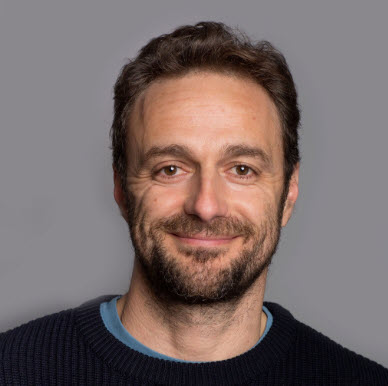Description
Machine health analysis benefits from using artificial intelligence algorithms that works with multiple data sources. This, however, comes with a cost that the dataset used for analysis should be of the same structure and type as the data used for training the algorithms. Therefore, it is essential to find a method for cases of missing data. eg missing of specific sensors readings, or different sensors of the same type that differ in its frequency response (for instance the frequency response difference between tri-axial accelerometers and single-axis ones). In this talk we present a novel method for learning the frequency response difference between various vibration sensors and use it for automated diagnostic of mechanical faults (using real data, composed of hundred of thousands of machines recordings). We show how this method can be broaden for learning the mapping/correlation between multiple sensor types and then apply it for conditional monitoring algorithms using operational and mechanical sensor fusion.
*Since this topic is rather new for reliability engineers and vibration analysts, we will also give a relevant introduction for fault detection using machine learning algorithms with special focus on deep neural networks.
Bio
 Ori is a research scientist with extensive experience in noise analysis and AI algorithms. In the past 3.5 years Ori has been working at Augury, researching for novel sensing technologies and AI algorithms for machine diagnostics. Prior to joining Augury, Ori was a researcher and a lecturer at the Technion Israel institute of technology. In this period Ori developed a novel electronic system for quantum noise measurements and researched electrical noise in superconductors. Ori also worked several years at Philips healthcare as a physicist. Ori holds a Ph.D in physics and a B.Sc. in Mechanical Engineering both from the Israel Institute of Technology.
Ori is a research scientist with extensive experience in noise analysis and AI algorithms. In the past 3.5 years Ori has been working at Augury, researching for novel sensing technologies and AI algorithms for machine diagnostics. Prior to joining Augury, Ori was a researcher and a lecturer at the Technion Israel institute of technology. In this period Ori developed a novel electronic system for quantum noise measurements and researched electrical noise in superconductors. Ori also worked several years at Philips healthcare as a physicist. Ori holds a Ph.D in physics and a B.Sc. in Mechanical Engineering both from the Israel Institute of Technology.
